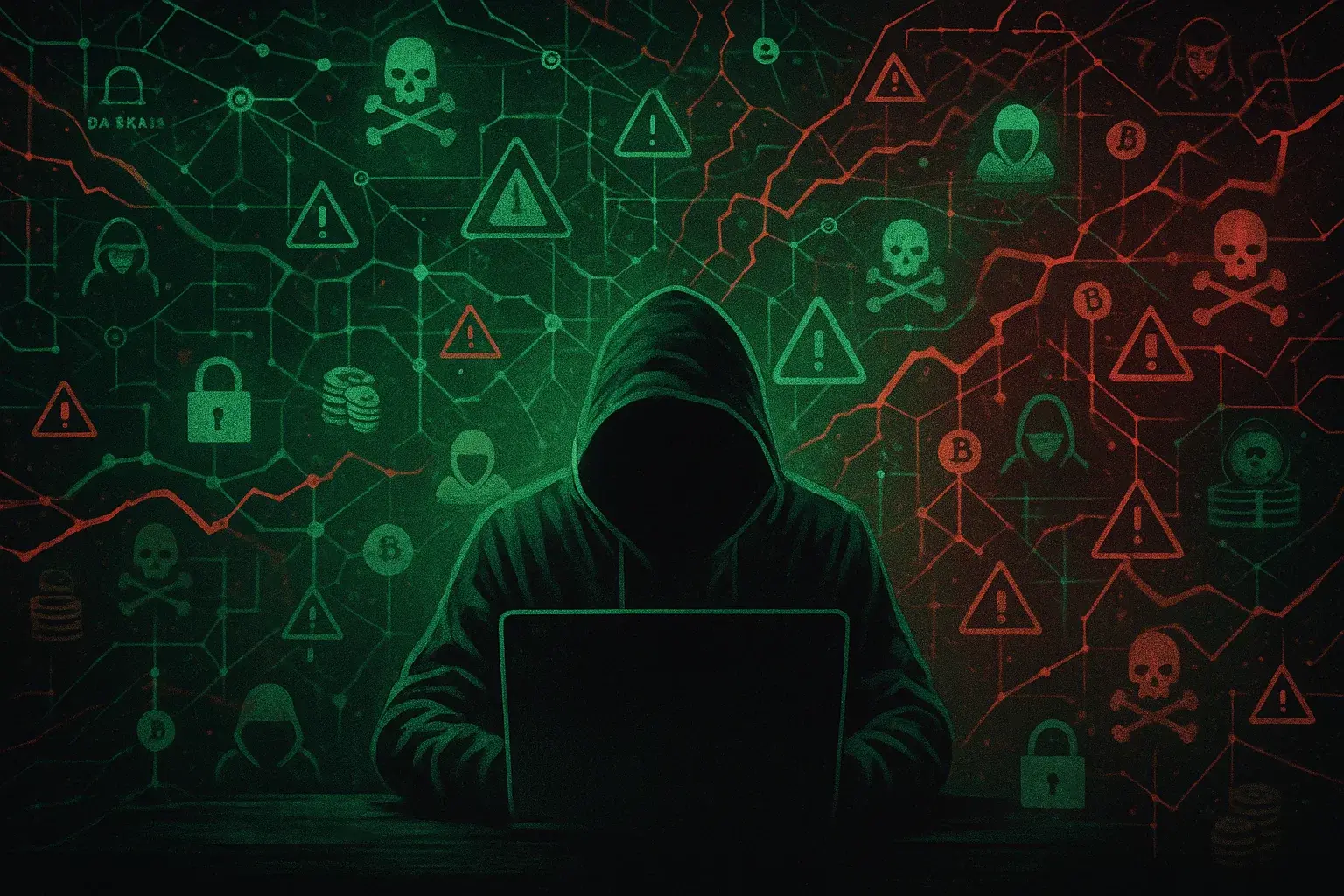You may have heard that the dark web is in decline, but the reality is very different: this underground ecosystem doesn’t disappear — it simply transforms. Every time authorities manage to take down one of its key platforms, cybercriminals find ways to reinvent themselves and come back even stronger.
On the dark web, stolen credentials, access to corporate networks, and even “as-a-service” offerings are traded — enabling complex attacks without requiring expert skills. The rise of ransomware, the use of artificial intelligence for criminal purposes, and privacy-focused cryptocurrencies have turned it into a far more sophisticated and difficult-to-combat environment.
How the Dark Web Adapts After Law Enforcement Crackdowns
In recent years, major operations have been carried out. For example, in 2024, the Australian Federal Police and Europol dismantled the infrastructure of LockBit, one of the most dangerous ransomware groups, seizing 34 servers and freezing more than 200 cryptocurrency accounts. LabHost, a platform used for phishing campaigns with over 40,000 fraudulent domains, was also taken down.
But these actions only temporarily slow down attackers. The most organized groups have contingency plans: they create mirror sites, migrate to private forums, or even use decentralized technologies like blockchain hosting to complicate tracking.
Similar titles: Deep Web vs Dark Web: What Really Makes Them Different?
A Professionalized Black Market
The dark web functions like a massive underground shopping mall. You can find everything from stolen credentials for just a few dollars to zero-day exploit kits, ready-to-use ransomware, or access to corporate networks.
Initial Access Brokers (IABs) have become key players, selling entry points to companies later exploited for ransomware or extortion. There has also been a surge in stolen credentials from infostealers, covering browsers, crypto wallets, and even corporate accounts.
Recent fragmentation has given rise to smaller, more closed groups that are harder to infiltrate. Many now operate on Telegram, TOX, or Matrix, reducing their reliance on traditional Tor forums.
“As-a-Service” and Criminal AI
One of the most striking changes is the professionalization of criminal services. You can find ransomware-as-a-service, phishing-as-a-service, and even artificial intelligence-as-a-service.
Generative AI is used to create fake identities with deepfakes, documents that bypass biometric checks, or more convincing phishing campaigns. Tools like WormGPT, FraudGPT, or DarkBard already circulate in these markets, lowering the technical barriers for would-be criminals.
You might also be interested in: Top 5 Russian Forums on the Dark Web
Cryptocurrencies: The Financial Engine of the Dark Web
While Bitcoin remains popular, privacy-focused coins like Monero and Zcash are gaining ground. Between 2023 and 2024, nearly half of new markets accepted Monero exclusively. The use of mixers and tumblers to obscure transactions is also rising.
Some markets now even offer escrow services and automated money laundering systems that mimic legitimate e-commerce.
What This Means for You and Your Business
The dark web is no longer just a problem that appears after a breach — it’s a constant threat that evolves faster than many traditional defenses.
At TecnetOne, we believe that monitoring these spaces is essential to anticipate risks. Integrating threat intelligence, monitoring real-time credential leaks, and training your team on cybercriminal tactics are key steps to protecting your organization.
The lesson is clear: as the dark web reinvents itself, your cybersecurity strategy must also evolve.


